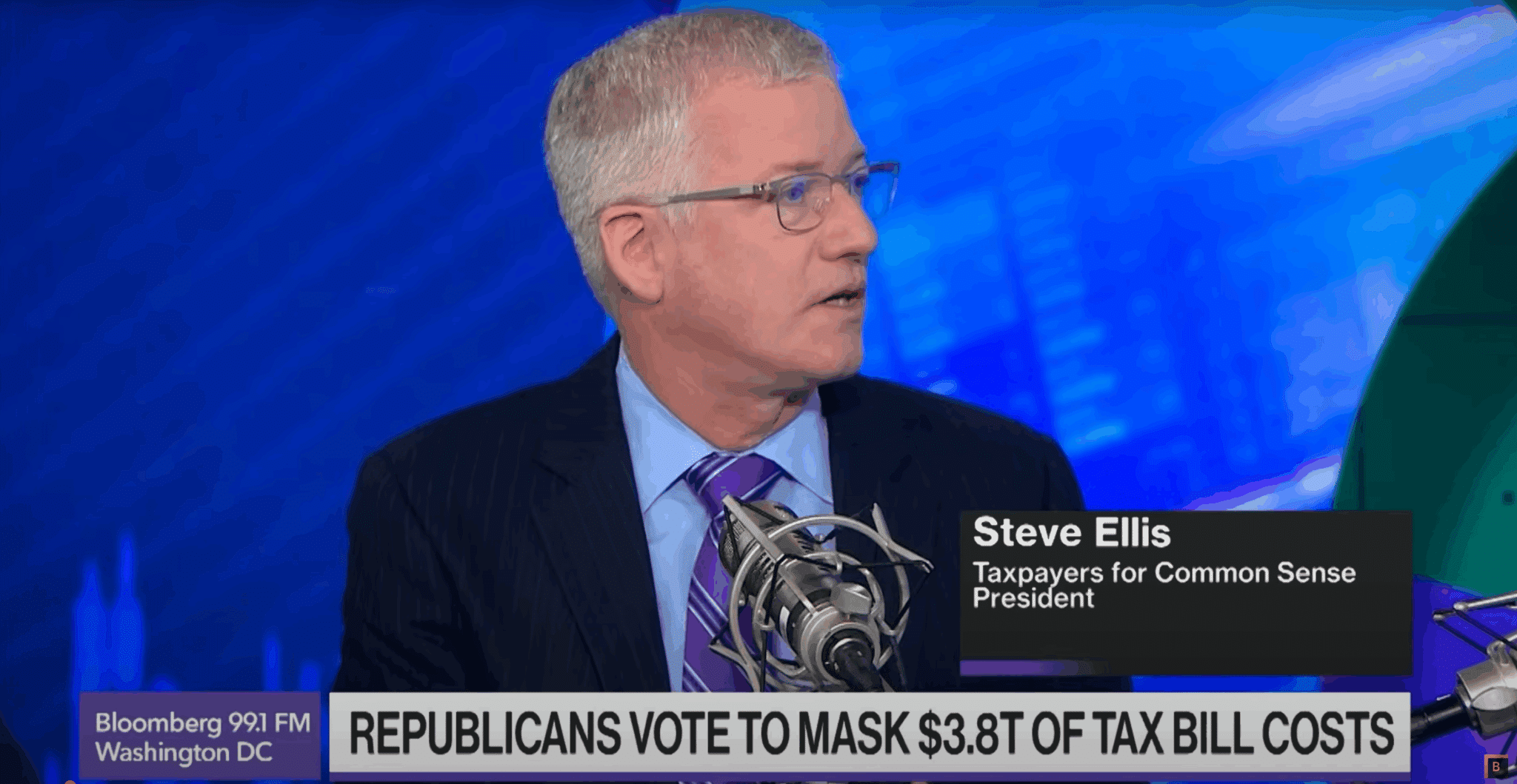With the House in recess and the Senate heading for the exit this week, let’s take a look at where we are on appropriations and budget issues. What’s been accomplished? What’s lingering out there?
Congress and the president struck an agreement on a two-year budget deal to lift the Budget Control Act (BCA) caps – effectively ending the BCA era. While some rejoice, we point out that the BCA was a mechanism, however flawed, that kept budgets within some bounds. We have argued for years that simply throwing money at issues (cough – the Pentagon – cough) is not a strategy, but that approach has a long history of garnering votes. The BCA, with its budget caps, at least forced the Congress to negotiate.
Before the break, the House churned through consideration of Fiscal Year 2020 appropriations bills. After several years of Continuing Resolutions lingering months into the fiscal year, it’s great to see this. The Senate, in contrast, has not passed a single appropriations bill.
In June, the House first passed a massive, $1 trillion, “minibus” of four large appropriations bills – including those funding Departments of Defense, Labor, Health and Human Services, Education, and Energy. This was followed by a smaller minibus that wrapped up an additional five bills including those funding the Departments of Veterans Affairs, Interior, Transportation and others. Finally, in the last week of June, the full House of Representatives passed a standalone Financial Services bill.
Despite the impressive progress by the House, the legislation funding the Department of Homeland Security and fund Congress itself have not made it to the floor. Both bills were voted out of their respective subcommittees more than a month ago, but not made part of the first three packages of appropriations bills.
One of the conditions of the budget deal was that both sides would refrain from adding “poison pills” to spending bills. At least one of those poison pills (from the viewpoint of the Trump Administration) would likely be including a prohibition of any money for the southern border in a continuing resolution or other spending bill to be used for wall construction.
The idea of a poison pill suggests a sneaky amendment of non-germane rider. But conditions and levels of funding for border security are a core element of the Homeland Security spending bill. The House draft includes funding for Customs and Border Protection to deploy technology to maintain the security of the southern border and to hire 1,800 people, including 1,200 CBP officers. However, no funding is provided to build new physical barriers on the southern border. As the committee report correctly notes, barriers are “not a panacea for ending illegal border entries.” The report also notes that money appropriated in both fiscal years 2018 and 2019 is still being obligated to build another 80 miles of barriers. The Republican-led Senate has yet to write their version of the bill which will likely be quite different in this area than the House.
If you want to follow the money, Taxpayers for Common Sense has published two handy guides: a history of border security spending and the cost of physical barriers to date.
DHS appropriations is not the only place where there’s action on the border. The Pentagon spending bill, where the administration requested roughly $9 billion in off-budget Overseas Contingency Operations funding for a southern border barrier, also explicitly rejects the request.
This is the Trump Administration attempting to rob Peter Pentagon to pay for Paul the Wall.
Again, the Senate has yet to legislate, but the decision to block any further barrier spending in both the Pentagon and DHS bills is certain to invoke a robust response from both the department and the White House. This sets us up for a classic legislative-versus-executive branch battle over the power of the purse.
Add into this mix the recent Supreme Court stay on a lower court’s prohibition on the use of military funds for the border. The ruling allows the Pentagon to proceed with its plan to move funds to pay for border expenses, while lower courts decide whether doing so is legal.
For practical purposes, this means contracts continue to be negotiated, and if the lower courts do not move quickly enough (or DoD DOES move quickly enough), construction can start. If construction starts, those challenging the shift of funds may come back and ask again that DoD halt all activity until all courts have ruled on the underlying question.
Legalities aside, moving military funds to pay for border construction is a terrible idea. If the Pentagon doesn’t need the cash, that money should go away (see massive budget deficit), if it does then some part of our national security operation is being shortchanged. Further, all the analysis shows that a barrier is not going to solve our immigration issues.
The budget deal makes clear that Congress can’t hide from hard decisions on border spending – they have to face it head on, both on the floor of the House and in the Senate. Check back with TCS in September, when the drama on this issue will be coming to a head.










